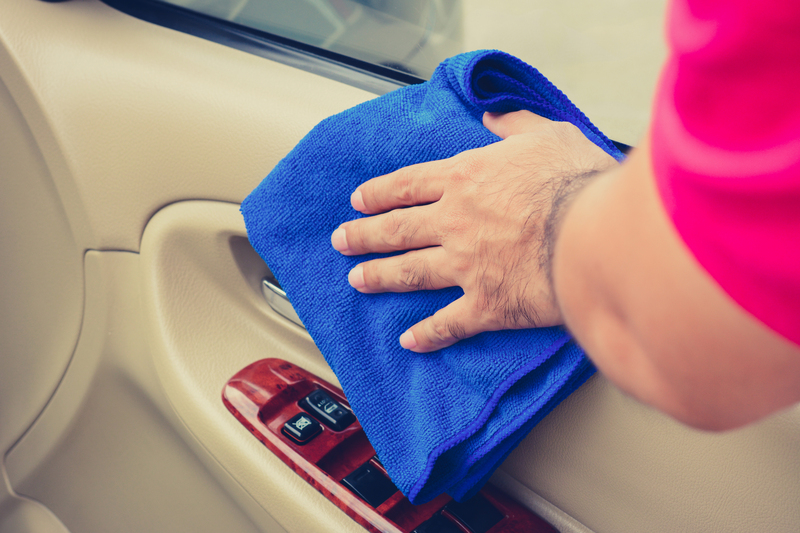Preventing Future Build-up: Tips for Keeping Your Kettle Free from Limescale
Posted on 22/06/2024
There's nothing quite like a cup of hot tea or coffee to start your day off right. But if you've noticed a strange white residue in your kettle, your morning routine may be disrupted. This build-up, known as limescale, is a common problem for many households and can cause damage to your appliances over time. In this article, we'll discuss the causes of limescale build-up in kettles and provide you with some tips on how to prevent it from happening in the future.
The Causes of Limescale Build-up:
Limescale is a mineral deposit that accumulates on the inside of kettles and other household appliances that come into contact with hard water. Hard water contains high levels of minerals, such as calcium and magnesium, which are left behind when the water evaporates. Over time, these minerals form a hard, chalky substance that can clog pipes and reduce the efficiency of your kettle.
Apart from being unsightly, limescale can also affect the taste of your boiled water and leave an unpleasant odor. It can also decrease the lifespan of your kettle, leading to costly repairs or replacements.

Tips for Preventing Limescale Build-up:
Fortunately, there are steps you can take to prevent limescale from building up in your kettle. Here are a few tips to keep in mind:
1. Use filtered or softened water - The most effective way to prevent limescale build-up in your kettle is by using either filtered or softened water. Filters remove minerals from hard water, while softening systems replace calcium and magnesium ions with sodium ions.
2. Regularly descale your kettle - If you're unable to use filtered or softened water, make sure to regularly descale your kettle to remove any existing build-up. You can purchase descaling agents specifically designed for kettles or use a natural solution of equal parts water and white vinegar.
3. Empty your kettle after each use - Leaving water in your kettle can promote limescale build-up, so it's important to empty and dry it after every use. This will also prevent any bacteria from growing inside the kettle.
4. Avoid boiling more water than you need - Boiling excess water means there is more time for minerals to settle and create limescale, so be mindful of how much water you're using.
5. Use lemon or citric acid - Another natural way to descale your kettle is by using lemon or citric acid. Simply fill your kettle with water and squeeze in the juice of a lemon, then boil the mixture. Alternatively, you can also add a tablespoon of citric acid to a cup of water and use this solution to descale your kettle.
The Pros and Cons:
Like anything else, preventing limescale build-up has its pros and cons.
Pros:
1. Longer lifespan for your appliances - By taking preventative measures against limescale, you can extend the lifespan of your kettle and other household appliances that come into contact with hard water.
2. Clean and fresh taste - By removing limescale build-up, you'll notice a cleaner and fresher taste in your boiled water.
3. Cost-effective - Investing in a filter or descaling products may seem like an added cost, but they are significantly cheaper compared to dealing with expensive repairs or replacements due to limescale damage.
Cons:
1. Additional maintenance - Preventing limescale build-up requires some extra effort on your part such as regular descaling and using filtered or softened water.
2. Cost of filters/softeners - While it may save you money in the long run, investing in filters or softeners can be an added expense for some households.

Takeaways:
Here are a few key takeaways to remember when it comes to preventing limescale build-up in your kettle:
- Use filtered or softened water to prevent limescale from forming.
- Regularly descale your kettle or use natural solutions like lemon or citric acid.
- Empty and dry your kettle after each use.
- Avoid boiling excess water.
- Invest in filters or softeners for long-term cost-saving benefits.
Conclusion:
Limescale build-up in kettles is a common issue that can be easily prevented with the right measures. By following our tips, you can keep your kettle free from limescale and enjoy fresh, clean-tasting water every time. So why not start implementing these preventative measures today and say goodbye to limescale headaches for good?




